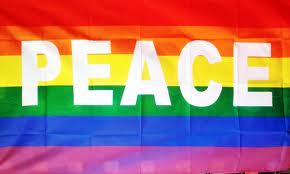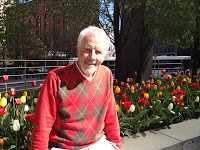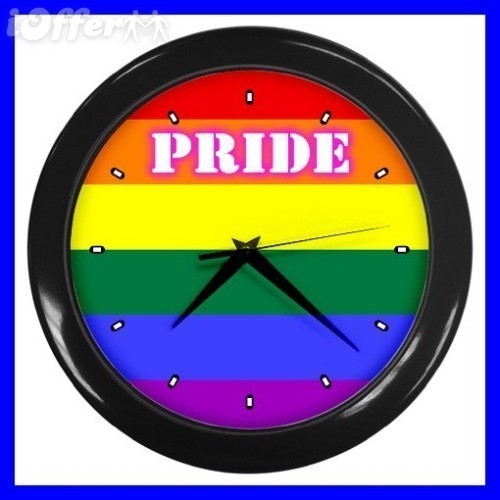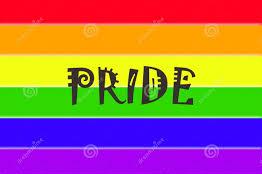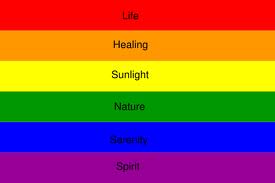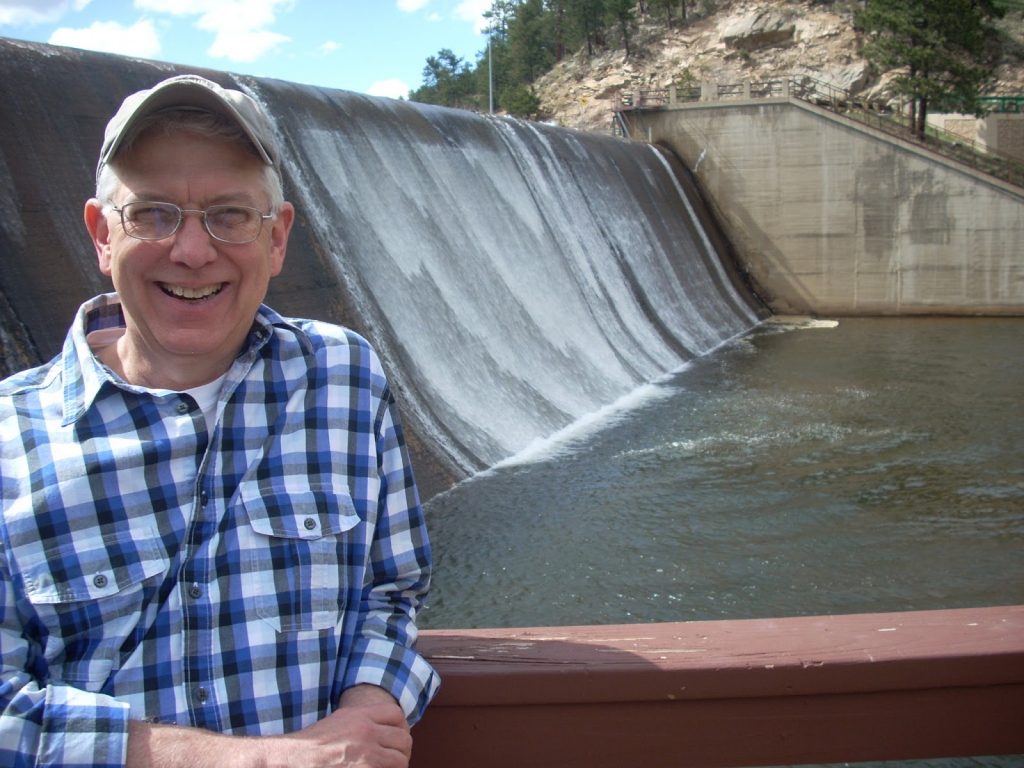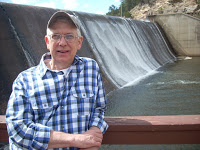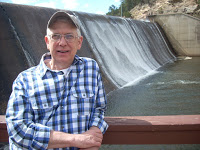Today’s Special Edition presents stories from two authors.
How Queer Is Queer: Just Being Me
by Donny Kaye
These were some of the t-shirt messages I enjoyed while interacting with participants in this past weekend’s PRIDE celebration. And the t-shirts? The t-shirts don’t hold a candle to some of the titillating visual experiences of viewing participants in various costumes throughout the weekend.
So, just how queer is queer? Can you ever be too queer? Is there an option to be or not to be? How Shakespearian!
Yes!
I am! Queer that is!
It’s Friday night of PRIDE weekend and I’m walking down Colfax headed into the action, as it were. My youngest daughter has just text me saying “it’s your first dad” referring to it being PRIDE weekend. Actually last year [2011] was, she just didn’t know it! Then, that is. And yet when I came out she was the one of my three children who said “I’ve always known dad”. In that instance I must’ve been too queer.
That warm sunny Sunday afternoon in April over a year ago when I had my “I can’t stand it any longer” conversation with my life partner, she said “I wondered when I first met you”. There must have been something there, I mean, like over-the-top in too queer.
When I had breakfast with my dearest friend Grett who I’ve known since she was two years of age, amidst the tears and in the sense of shame in revealing to her that I kept the secret for far too long, she said “I’ve always known”.
There seems to be a pattern; partner, daughter, best friend, all seemed to have known. In fact when I consider the many coming out conversations I had with my “then” circle of friends” not too many were surprised. It was the confirmation that sent them scrambling!
And so this Friday afternoon as I walk through the cloudy streets in Denver headed into Friday night PRIDE celebrations I wonder about too queer and it being too much! In the question of too queer it seems more about them than it does about me, after all, I’m just being me.
Yes, I do have an eye for design and color. I’ve always searched for just the right things to put together, like in clothing-wise and decorating-wise and in every-other-way-wise!
If not HGTV and the shows on design always (or most of the time) presented by recognizably gay men, I enjoyed the food channel. Could that possibly be a tip-off, in terms of being too gay?
Yes, I’ve always been on the sensitive side as my mother used to say. Even when I announced to my mom that I was getting married her response was, “Why do you want to get married? There is so much of life for you to experience!” I have an ability to listen to people and to intervene on others behalf as they need me. I sit and cry with them. I’ve always been able to put my arms around someone consoling them in their upset, doubt or grief.
So, there you have it; my attention to design, my interest in food, the emotional sensitivities and then you add the fact that I’ve never liked sports, and I happened to choose a profession where I worked with women all the time–what else could you expect. Even before I began my career in education when I worked in the factory, I was one of the only stockmen who could keep all of my dyke female machine operators happy!!
Certifiably queer! I am just me!
The questions and the discomfort around my possibly being too queer really do rest with everyone outside of me and not really with me. As I exist in that realization, I wonder if the pushback is about their doubt about themselves and the possibility that they are too much, in one way or another. Possibly at some point in their lives they’ve considered a variant sexual experience too! One thing for sure, I’ve certainly gotten their attention, if gaining attention is what the t-shirt slogans and the unique dress (or undress) are all about.
When considering the question of “too much,” the actual realization is that the quality of being too much exists in the eyes and mind of someone outside of myself and then gets projected back onto me, making me wonder if I am too much! Those dirty rascals!
And so I ask you my dearest of friends am I “too queer” or might I just be BEING ME?
[The above story references PrideFest 2012.)
About the Author
Queer, Just How Queer
by Phillip Hoyle
I love to use the word queer, the term brought into gay prominence in political and academic queering movements of the 1960s through the 90s. I also like it for the memories it raises of my grandma Pink, who in old fashion used the word for anything odd. I like it for its political symbolism and for making positive a word too long used as a pejorative. I like it for its strength. I like it for its inclusive quality covering the bases of LGBTandQ concerns. I like it for its exclusive quality, as in not too many people I run into want to be called by this moniker. I especially like the discomfort its use raises among some of my gay friends! It’s a word of wide potential and great humor. So just how queer am I? It’s a fair question. I’ll try to answer it once and for all.
This morning I looked through the photographs on my digital camera that included those I took last summer at Pridefest Denver 2012. I was surprised to find there quite a few more images, ones I thought had been erased when I uploaded them into my computer. I flipped through frame after frame and saw so much of my life there, even photos from Pridefest Denver 2011. First I saw a photo of my partner’s 90-year-old mother, sitting at the kitchen table drinking her morning coffee. I often kid her about all her gay sons although only one of her offspring turned out to be gay. Her multiplicity of gay sons is made up of all of Jim’s and my gay friends. I call them her growing family of gay kids. She smiles for me and takes delight in these others who bring her presents of chocolate, humor, and unaffected affection. She represents in this picture a nine-year connection I have with her son and the growing numbers of her other gay sons. The photo reveals layer after layer of queer experience and relationship, but it’s just the beginning. I did mention two sets of photos taken at Pridefest, but I haven’t yet told of the hundreds of photos of the family of plastic pink flamingos that live in our yard shown standing alone and together among a variety of ferns. I took these and many more in the past couple of years, the queer obsession of a queer artist! I also haven’t mentioned many photos of flowers, of my artwork, of self-portraits, of extreme Christmas decorations at a local gay bar, of the bunch of men I run with at parties, in restaurants, and on the street. I haven’t told you of pictures of an art display, of drag queens, of small, large, and supersized lesbians, of gay architects and engineers, of employees of Chipotle restaurants, of young people polling for the Obama campaign, of great arches of rainbow colored balloons, of a guy wearing fairy wings, of a barely-clad muscle man standing by a muscle car, of the model in a platinum blond wig and red bikini sitting in a red convertible advertising At the Beach, of a parade on-looker smoking a huge stogie, of people dancing, of a young drag queen posing sexily for me, of a young man in shorts sitting on the curb with his little dog watching the parade, of political signs urging the election of sane officials, of leather studs, of a drum and bagpipe band in their smart kilts, of religiously motivated anti-gay protesters, of two young guys in interestingly revealing slacks, of Senior Citizens doing a dance routine with their walkers, of youngsters calling attention to Rainbow Alley, of the prominent landmark The Center makes along the route, of the partiers on its roof sometimes watching the parade passing by below, of the poignant reminder of the ongoing presence of AIDS among us, of wild hairdos, of the Imperial Court, or of the leathery Uncle Sam who stopped to ask me, “Where’s the free beer?” I haven’t said a word of many other pictures of musicians, dancers, activists, on and on. These photos are my people whom I celebrate with my little digital camera as passionately as Walt Whitman in the nineteenth century celebrated the democracy of America, the endless variety of life, the human body, his own body, and his sturdy comrades with whom he liked to lie in Leaves of Grass.
So just how queer am I? Really, really queer. I’ve been trying to tell you just how queer in my stories! In summary of all I’ve said to you in the past, hear this:
* I’m as queer as the little boy who wanted to wear both cowboy and Indian costumes in public.
I am the old man who says all these things proudly and with love, deep love for all my companions:
About the Author
